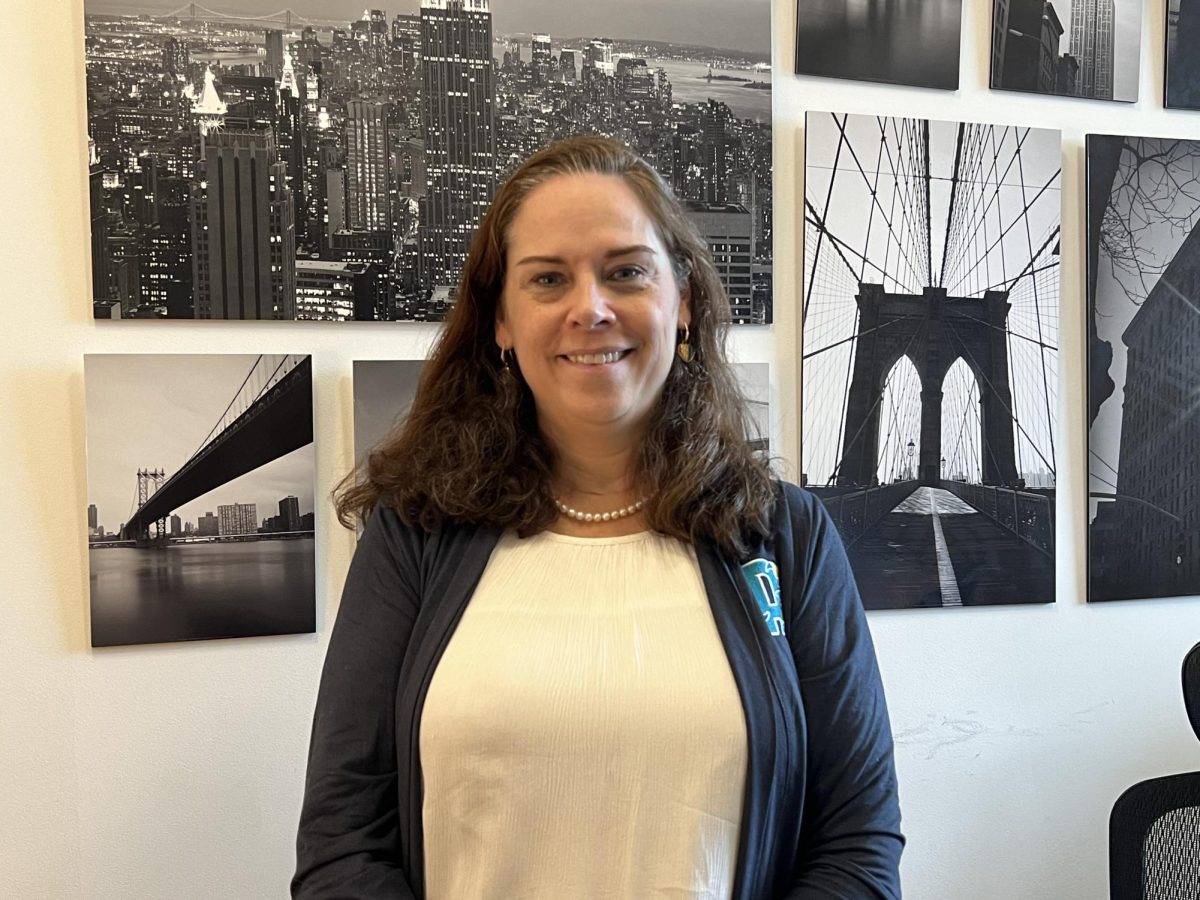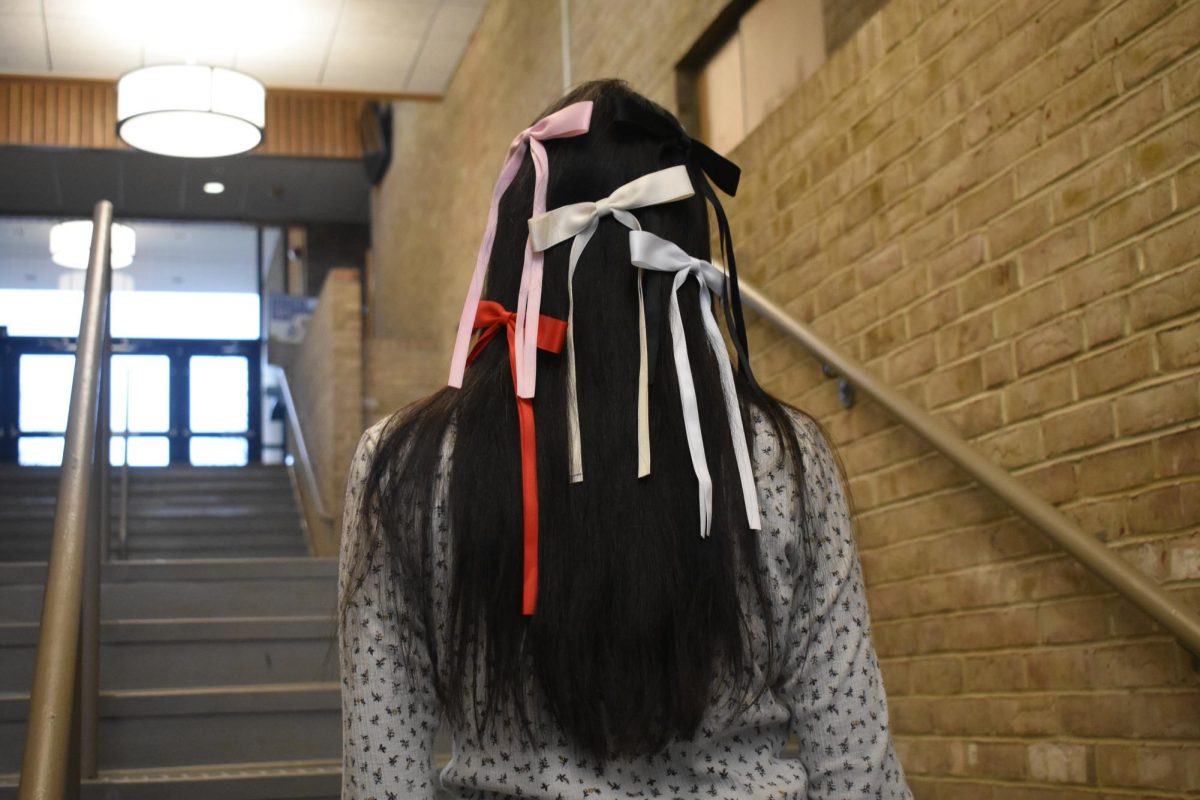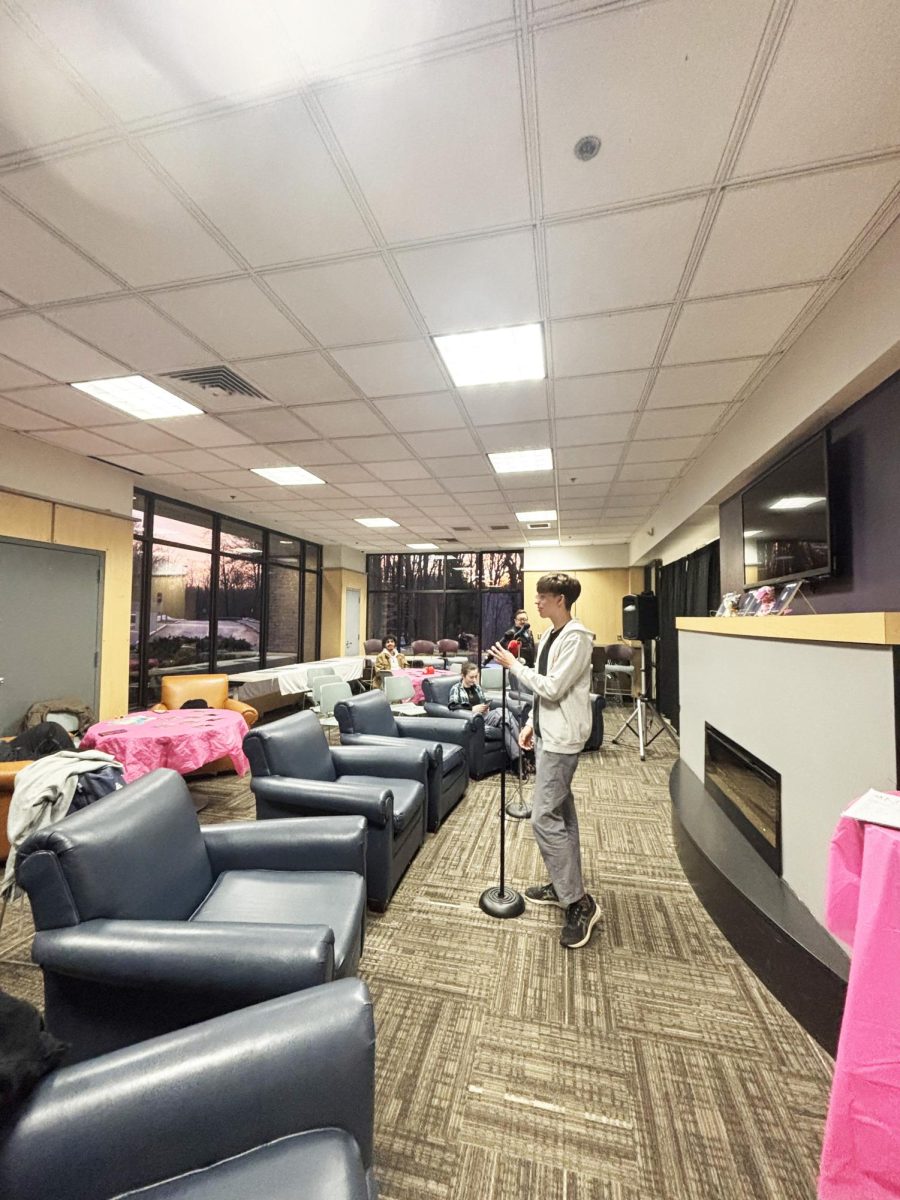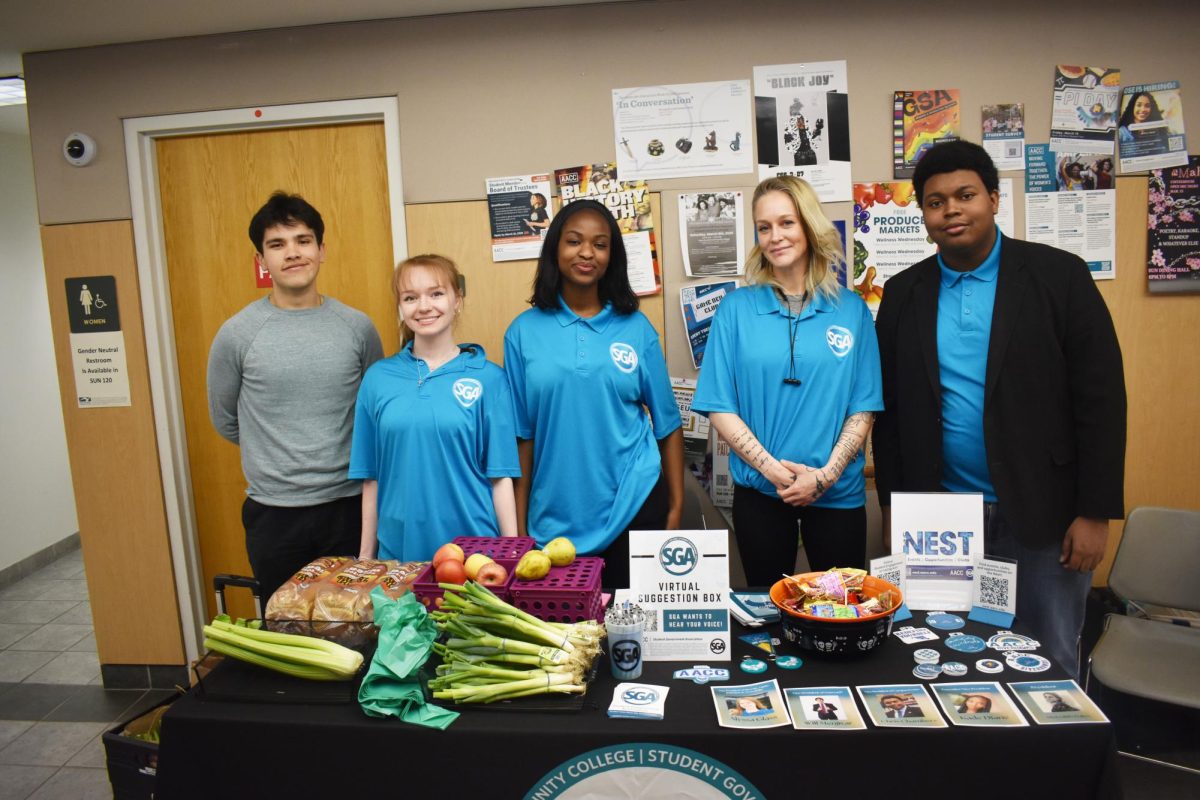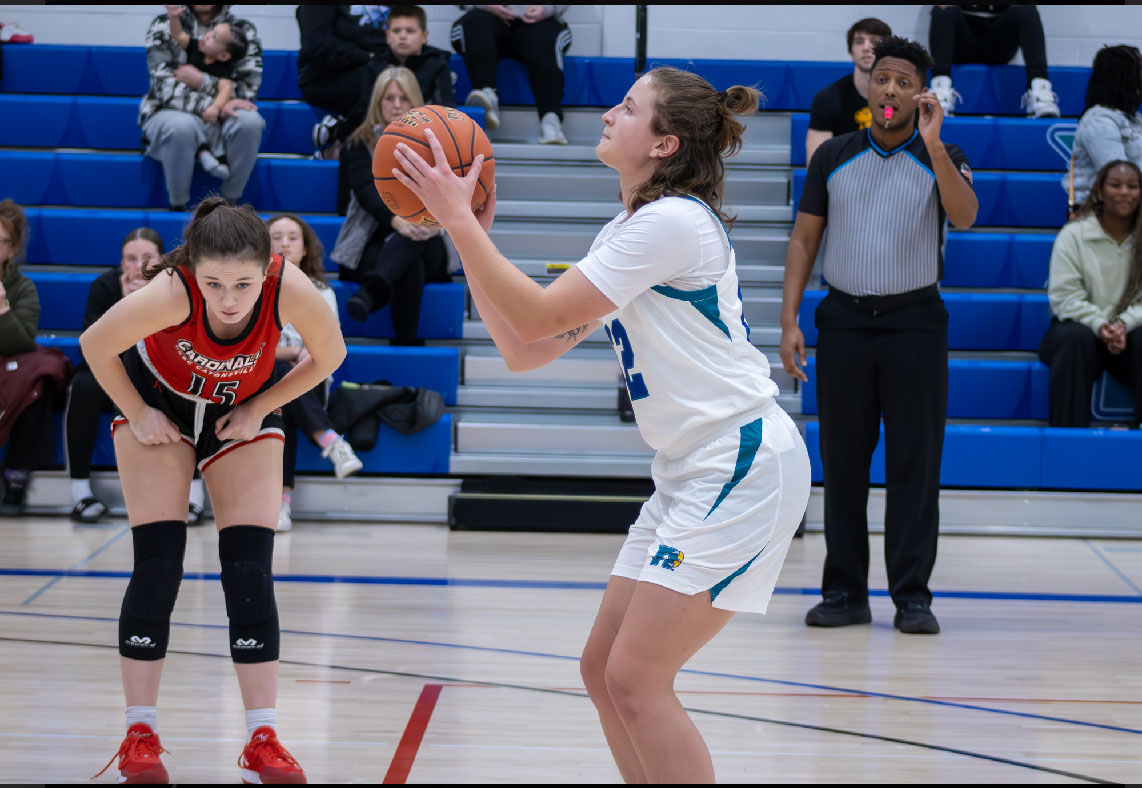Public high school students who also are enrolled in classes at AACC face new restrictions on the number and kinds of courses they can take for free.
Starting this semester, most 11th- and 12th-grade students enrolled in the Early College Access Program, or ECAP, will not pay tuition if they take four or fewer classes a year and select those courses from a list approved by Anne Arundel County Public Schools. Eligibility to participate depends on grade point averages and performance in some math and English classes.
“That’s a little bit different this year; there’s a list of courses that are eligible,” Erin Reeder, AACC’s director of enrollment services integration, said. “They are still eligible to receive free courses at no cost to them. … But it’s really up to the high school … as to how many courses they can get at no cost and which courses are eligible.”
Students who choose to enroll in more courses than allowed or in ineligible classes will pay 75% of the normal AACC tuition for each class. Likewsie, home-school and private school students will pay 75% of regular tuition.
High school juniors and seniors who do not meet all of the eligibility requirements but have a GPA of 3.0 may take a single AACC course per semester at no cost.
The number of high school students at AACC increased by approximately 30% after the Maryland Legislature passed a 2022 law, Blueprint for Maryland’s Future, to give public high school students free tuition at community colleges for as many courses as they could handle.
By fall 2023, 1,889 high school students were dual-enrolled at AACC.
Pre-Blueprint, community colleges and public school districts had started sharing the cost of tuition in 2013 for dual-enrolled students enrolled in up to four classes a year, according to The Baltimore Sun. After the Blueprint law lifted those limits, more high schoolers enrolled in community colleges across the state.
Under Blueprint, school districts pay 75% of each student’s tuition, and community colleges waive the remaining 25%.
But county school districts had a hard time covering those costs as enrollments increased.
“You have a broader amount of students eligible for dual enrollment [under the expansion], but yet the Blueprint funding has not kept up with that,” Brad Phillips, executive director of the Maryland Association of Community Colleges, told The Baltimore Sun.
Reeder said she advises high school students to consult with their guidance counselors, who have information about which courses are eligible for free tuition.
“Our mission is to provide opportunity to students … so students can, you know, accumulate credits before they gradudate from high school so they can save money. … That’s very helpful for students,” Reeder said.
This story has been updated to correct a reporting error. The original version said home-school and private high school students pay 25% of regular tuition at AACC. The correct number is 75%. Campus Current regrets the error.
High school students face new limitations
Sara Eger, who works with high school students taking classes here, says the students will have to choose college courses from an approved list.
Waleska Cruz, Features Editor
August 26, 2024
2
More to Discover



